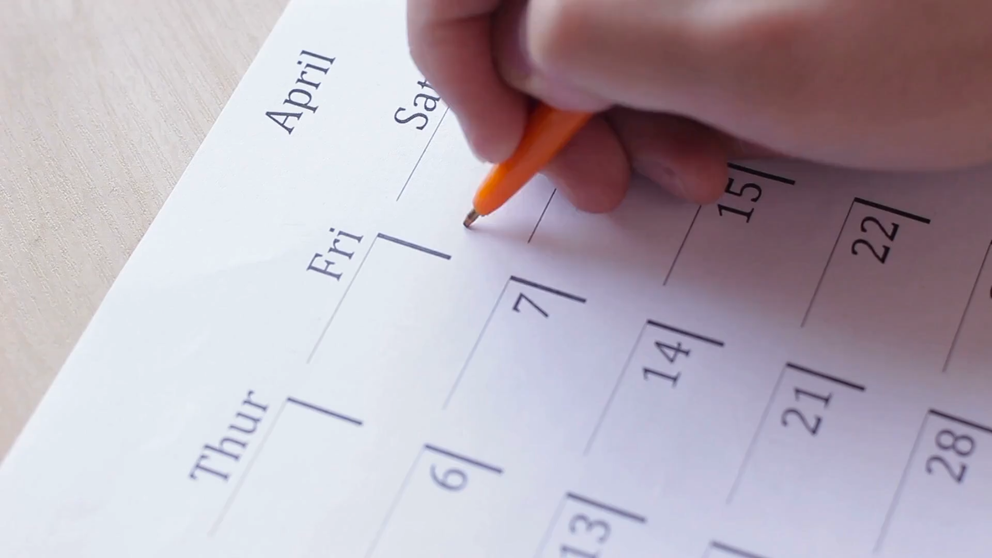How the sun and moon shaped our calendars
At one point, the New Year began on March 1. Over time, the calendar underwent a number of transformations, such as its evolution from the Julian calendar to the Gregorian calendar we use today.
Our Calendar Explained
From leap years to deleting days from the calendar, much work has gone into perfecting a calendar that stays in sync with the sun.
Long before the app age or the paper pages of a calendar, civilizations measured the months and years by tracking the moon and sun.
"I love talking about calendars because, for the students that come to my class, it’s a great backdoor into astronomy," said Steve Case, professor at Olivet Nazarene University.
"It's a way to show how the cycles that we live within, the things that we take for granted — things like the workweek, the seven-day week, things like the months, the year, where our holidays fall in the year — all of the cycles are based on astronomy," he added.
Looking to the sky
According to Case, the earliest calendars were based on a number of systems. Generally, however, they were built around three basic cycles in the sky.
The first is the diurnal cycle, which is the daily cycle of day and night.
The second is the lunar cycle, which tracks the phases of the moon, from the new moon to the full moon and then back again.
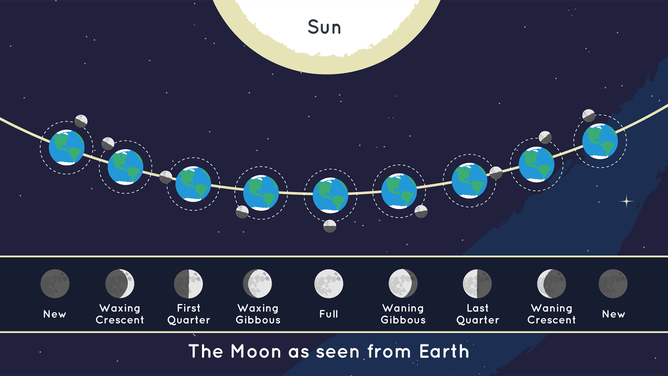
This graphic shows the position of the Moon and the Sun during each of the Moon’s phases and the Moon as it appears from Earth during each phase. Not to scale.
(NASA/JPL-Caltech)
"I think we kind of forget what a big deal this would have been before artificial lighting," Case said. "The difference between a night illuminated by the full moon and a night without a moon with the new moon is really quite dramatic."
While lunar calendars have ancient roots, many of them are still used today. For example, Case noted how the Islamic calendar is a purely lunar calendar. Also, holidays such as Lunar New Year and Moon Festival in many Asian cultures are based on the lunar cycle.
HOW LUNAR NEW YEAR WAS INSPIRED BY A LOVE STORY
The third cycle that shaped early calendars is the annual, or solar, cycle. This cycle tracks the sun, its position in the sky, where it rises on the horizon, how much daylight it provides and the position of the other stars over the course of a year.

The Pyramids of Giza at sunset. The ancient Egyptians used a calendar based on the solar cycle.
(DeAgostini / Getty Images)
According to Case, some civilizations that used the solar cycle would build large monuments to track the sun’s position on the horizon.
One of the best-known examples of this is Stonehenge. Constructed to align with the sun, Stonehenge’s stones precisely frame the sunrise at the summer solstice, the longest day of the year, and the sunset during the winter solstice, the shortest day of the year, according to the British Museum.
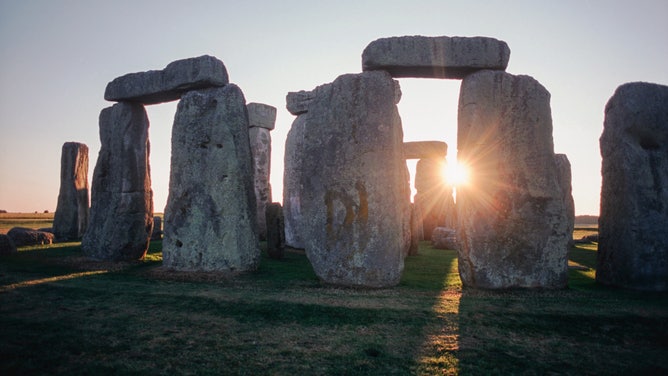
The sunrise peeks through at Stonehenge in the United Kingdom.
(David Corio / Getty Images)
Of the three natural cycles, the solar and lunar cycles were the ones primarily used to keep track of the year.
HOW HALLOWEEN ORIGINATED WITHIN THE CELTIC CALENDAR
"A lot of calendars tried to put these two together – would try to get the lunar cycle and the solar cycle to work together," Case said. "That's where you get lots of different calendar systems, and they get very complex."
Enter Julius
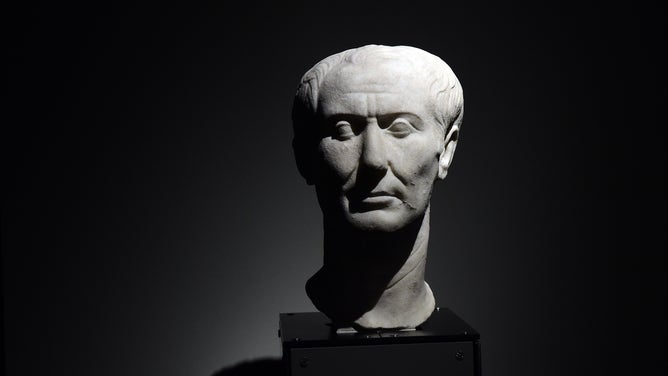
A marble bust of Julius Caesar in the Royal Museums of Turin, Italy.
(Roberto Serra - Iguana Press / Getty Images)
One of the earliest calendar systems that looks similar to the one we use today is the one instituted by Julius Caesar in around 46 B.C. Called the Julian calendar, it was based on the cycle of the sun.
According to Case, the Julian calendar included a seven-day week, months with names – such as February and March – that are recognizable to us, along with a year made of the roughly 365 days it takes for the Earth to revolve around the Sun.
However, the Romans knew that the Earth technically took about 365.25 days to move around the sun. This additional quarter of a day had the potential of causing the calendar year to fall behind the sun’s cycle, as those quarter days would slowly add up with each passing year.
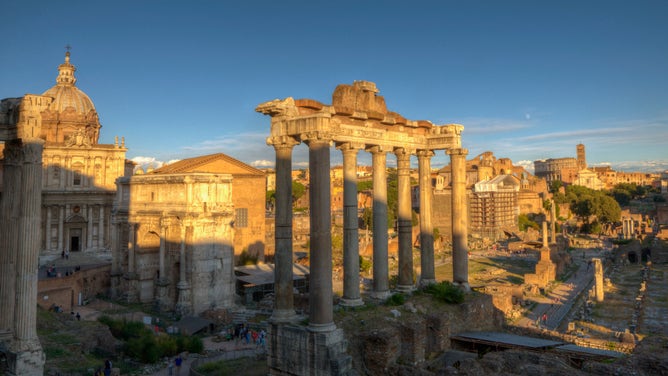
Sunlight and shadow drape over Rome's Temple of Saturn. The Roman god Saturn is the namesake of Saturday.
(Exotica.im / Universal Images Group / Getty Images)
"What the Julian calendar implemented was, 'OK. Well, we need to gather up those quarter days, and every four years, we'll have a leap year, and we'll add an extra day to the end of the year right there,'" Case said.
He noted that the Julian calendar year originally began on March 1 and ended on Feb. 28. So, this extra day was added as Feb. 29, as a leap day on leap years.
"That's going to leap us forward and keep our calendar lined up with what the sun is actually doing in the sky," Case added.
Papal time
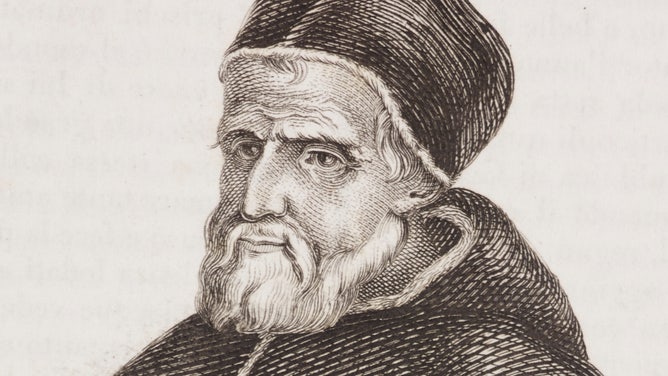
Portrait of Pope Gregory XIII, the father of the Gregorian calendar.
(DEA / Biblioteca Ambrosiana / Getty Images)
As significant as the Julian calendar was, adjustments had to be made about 1,500 years after it was implemented.
One of the major adjustments involved more accurately measuring the exact length of the solar year. In the centuries since Julius Caesar, astronomers determined that the year is actually a little bit less than 365.25 days — their more precise measurements said a year is 365.2422 days long.
This created a problem, particularly involving leap days and leap years.
According to Case, with the new measurement of the calendar year in mind, the leap days and leap years that were put in place under the Julian calendar ended up adding too many days to the calendar. In effect, during the time the Julian calendar was in place, the calendar eventually became out of sync with the sun by about 10 days.
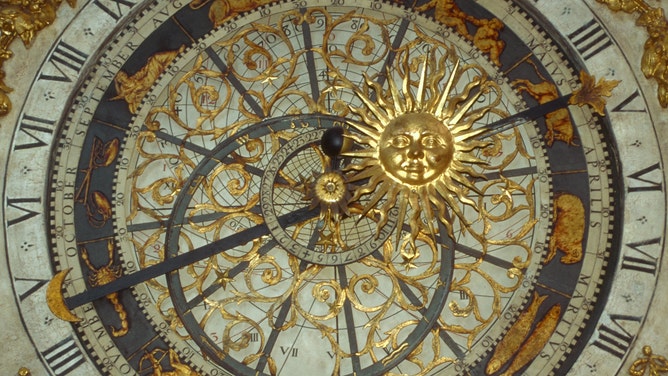
A golden sun glimmers on an astronomical clock in France's St. John's Cathedral.
(Todd Gipstein / CORBIS / Getty Images)
In 1582, Pope Gregory XIII instituted a reform to sync the calendar to the sun – reforms that led to the calendar that we know and use today.
One change that was implemented in the near term was removing 10 days from the calendar in 1582.
"By papal decree, you went to bed on October the (4th), and on that particular year, and you woke up the next day, and it was Oct. 15th – so we just skipped over 10 days," Case said.
Another change involved looking further out. Since the Julian calendar’s system of leap days and leap years ended up adding too many days to the calendar in the long run, Gregory found a way to keep them in check moving forward.
He made it so that every century year that could be divided by 100 will not be a leap year. For example, while the years 1800 and 1900 would technically be leap years, since they could also be cleanly divided by 100, they were not considered leap years under Gregory’s new rule. So, those years did not have a Feb. 29.
Another change helped ensure not too many days were lost.
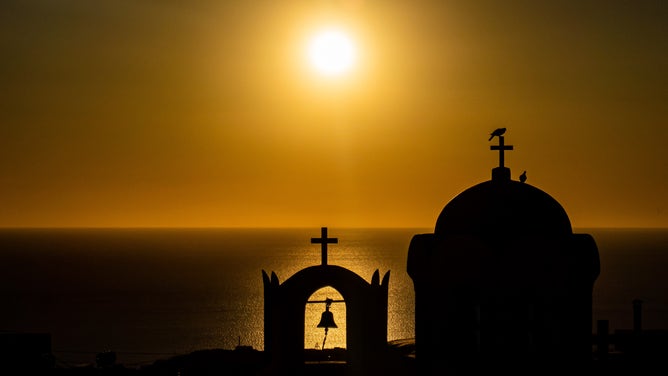
The sun rises over a church in Greece.
(Nicolas Economou / NurPhoto / Getty Images)
According to Case, this correction involved an exception to the previous rule. Gregory deemed that for century years that could be divided by 100 and 400, the leap year rule would still apply. One example is the year 2000, which was divisible by both 100 and 400, so it was allowed to have a Feb. 29 and, thus, be a leap year.
With those corrections, the Gregorian calendar – the calendar generally used worldwide today – was born.
"We’ll stay synced with what the sun is doing in the sky for pretty much thousands and thousands of years in the future," Case said. "We're not going to have to worry about it again for a very long time."
On the same page

Woman wearing 2023 glasses, poses in front of the "2023" numerals after the illumination ceremony in Times Square on December 20, 2022 in New York City.
(Alexi Rosenfeld / WireImage / Getty Images)
Striving to be in sync with the sun has fueled the different iterations of the calendar, but having everyone follow the same dates, months and years goes beyond the pages of the calendar.
"Your calendar defines a lot about your traditions and when you do what," Case said.
He noted that Pope Gregory’s desire to perfect and standardize the calendar was partially driven to make sure members of the Church were celebrating their holidays at the same time – with Christmas around the winter solstice and Easter around the spring, or vernal, equinox.
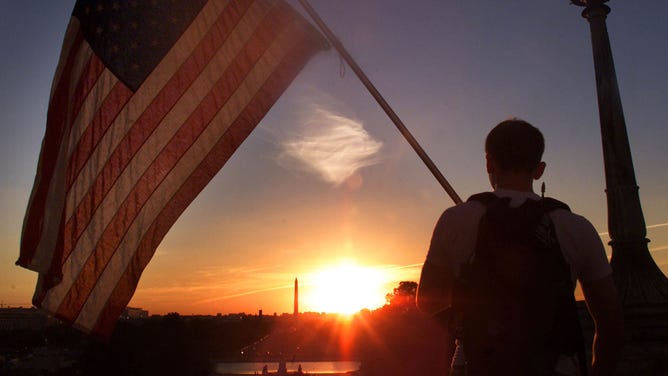
The sun sets behind the Washington Monument in Washington, D.C. The fledgling U.S. adopted Pope Gregory's solar calendar in 1752, when the country was still a just series of British colonies.
(Mark Wilson / Getty Images)
HOW THE SPRING EQUINOX HELPED INSPIRE EASTER TRADITIONS
"I tell my students, astronomy is the oldest science, right?" Case said. "It's us trying to make sense of the cycles that we live in, the cycles that govern our lives, and they're not all neat and orderly cycles."
"Something as simple as trying to figure out how many days are in a year can be quite complicated, and the process of figuring that out, the process of coming up with a system that makes that work is a cultural endeavor, and it's a cultural endeavor that has been continuing for centuries," he added. "I think people should understand that and appreciate it."
